International team sequenced the bread wheat genome
On Nov. 14, 2012, scientists from the U.S., United Kingdom and Germany announced they had completed the first…

On Nov. 14, 2012, scientists from the U.S., United Kingdom and Germany announced they had completed the first…
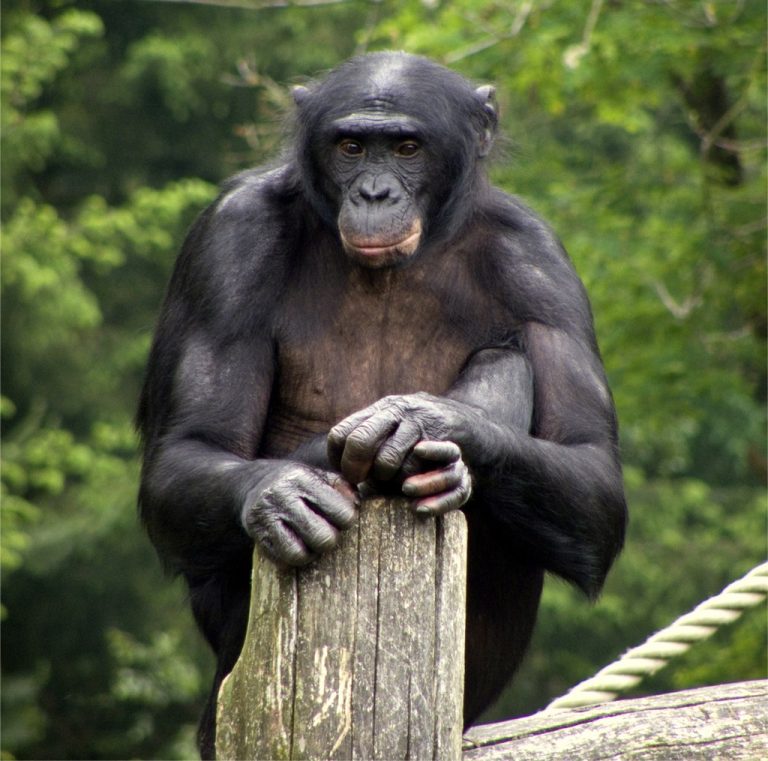
On Jun. 13, 2012, in a project led by the Max Planck Institute for Evolutionary Anthropology in Leipzig,…
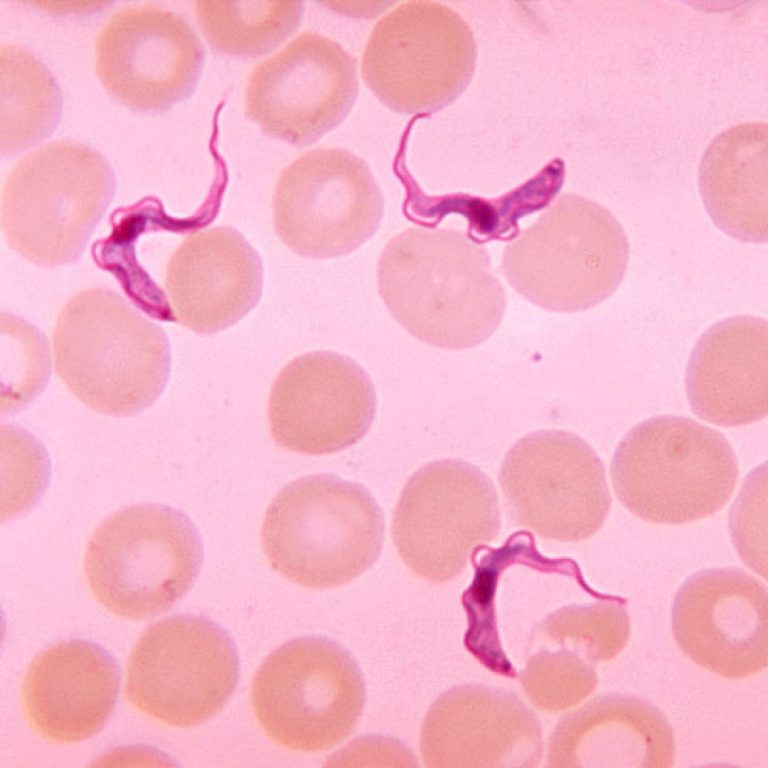
On Jun. 5, 2012, an international team of scientists decoded genome of Chagas disease. Previously, scientists had only…

On Jun. 3, 2012, an interdisciplinary team, led by researchers at Cornell University and the USDA Agricultural Research…

On May 31, 2012, the tomato genome was published in Nature, culminating years of work by the Tomato…
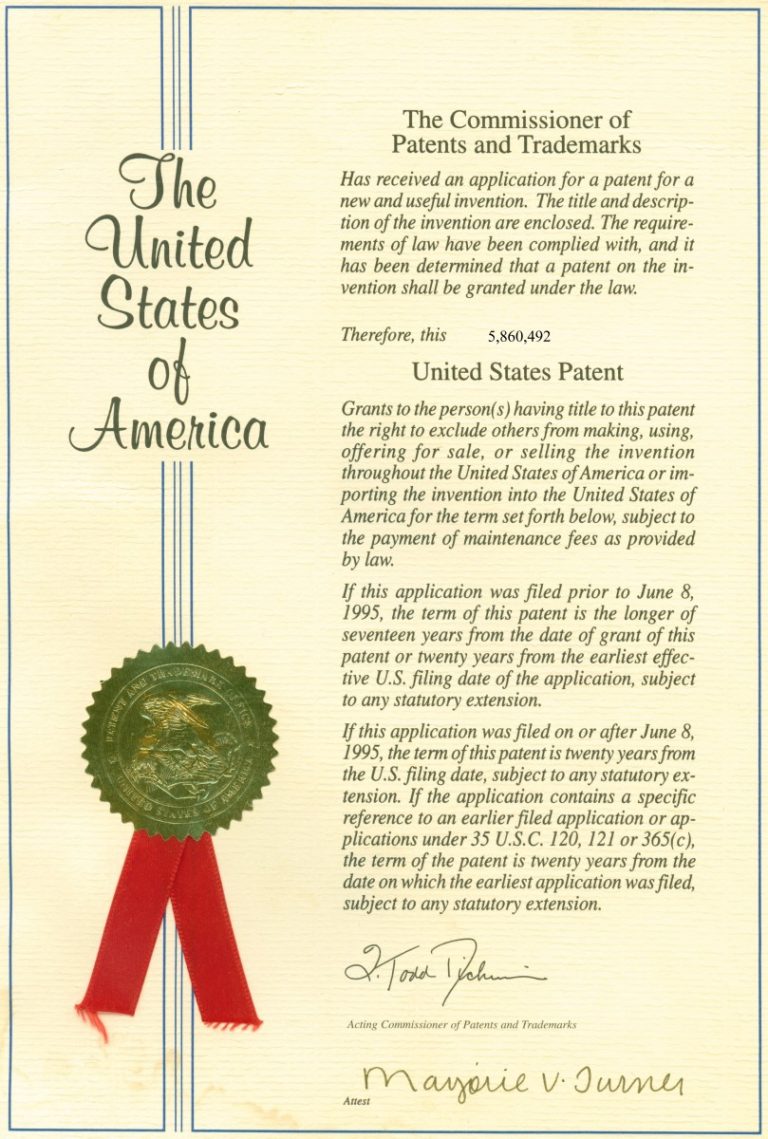
On May 25, 2012, Drs. Jennifer Doudna, Emanulle Charpentier, Martin Jinek of UC Berkeley and Krzystof Chylinski of…
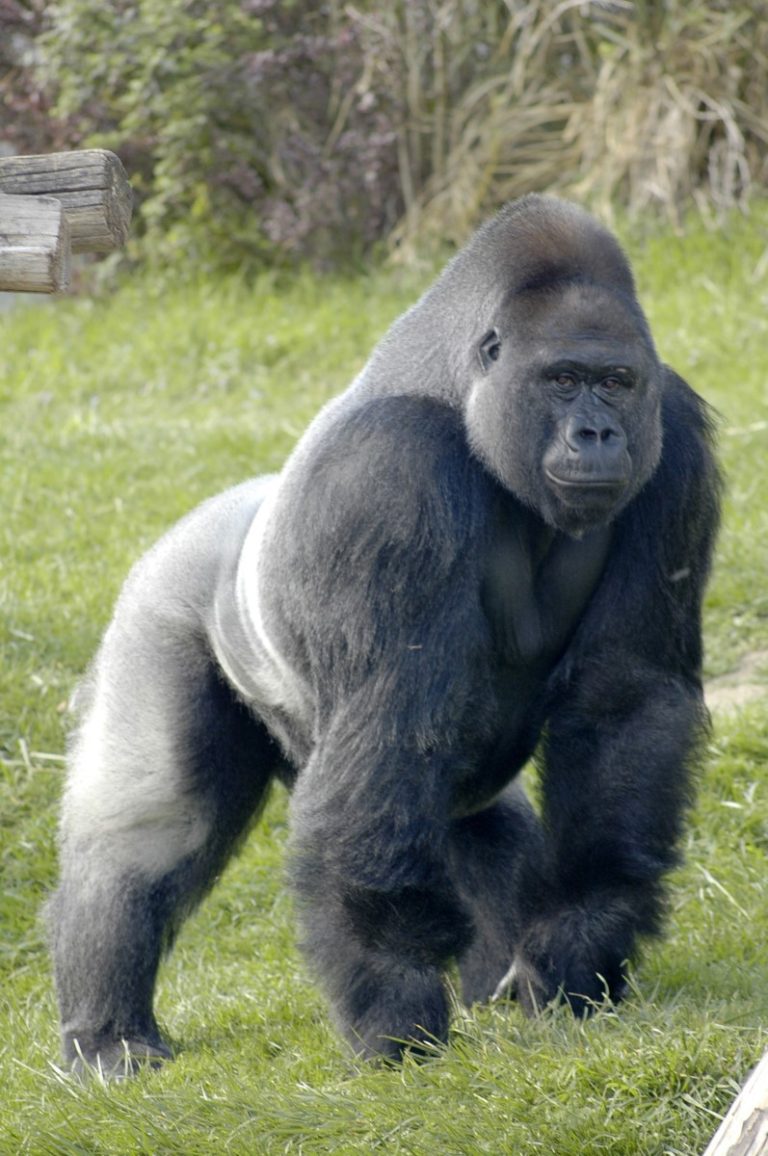
On Mar. 8, 2012, an international team led by researchers at the Wellcome Trust Sanger Institute announced they…
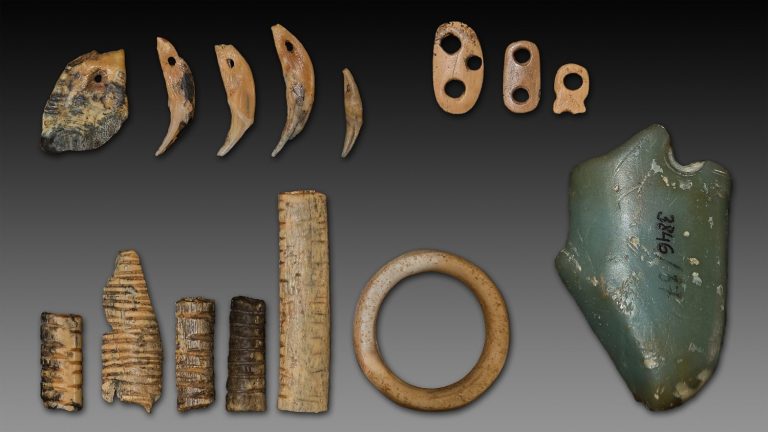
On Feb. 7, 2012, The Max Planck Institute for Evolutionary Anthropology, in Leipzig, Germany, completed the genome sequence…

In 2012, the Basser Center for BRCA was established at Penn Medicine’s Abramson Cancer Center to establish a…
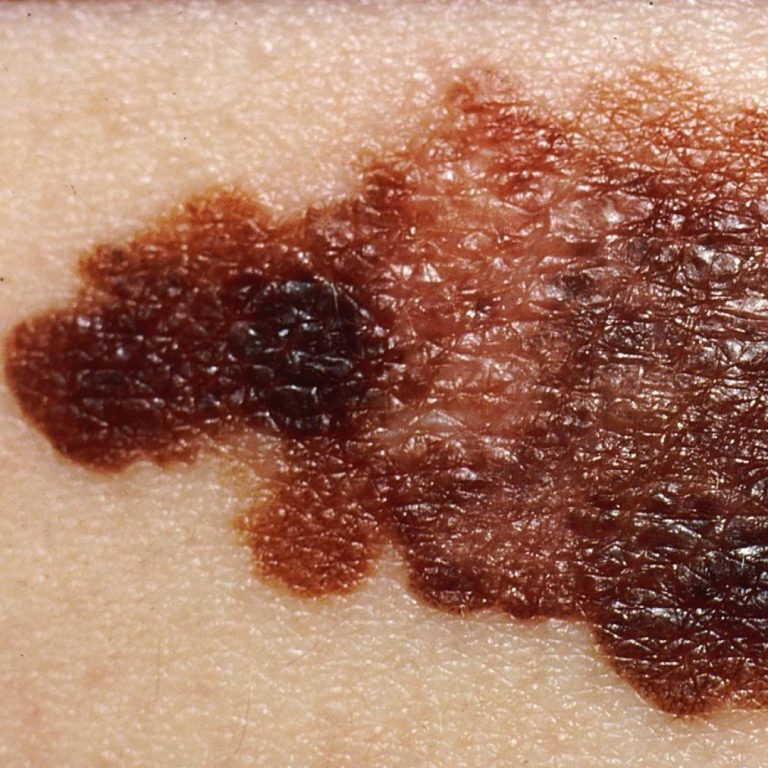
On Dec. 14, 2011, Patricia M. LoRusso, D.O., of the Barbara Ann Karmanos Cancer Institute in Detroit, Michigan;…
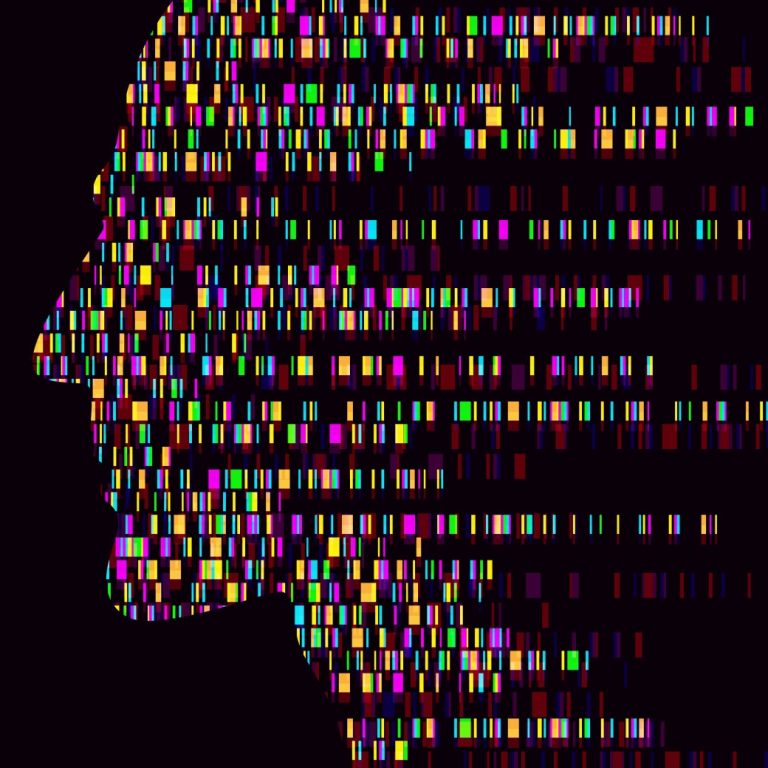
On Dec. 6, 2011, Washington University’s Genome Institute received a four-year $114 million grant from the National Human…

On Dec. 1, 2011, Rainbow Papaya from Hawaii was approved for commercial shipments to Japan. This announcement marks…
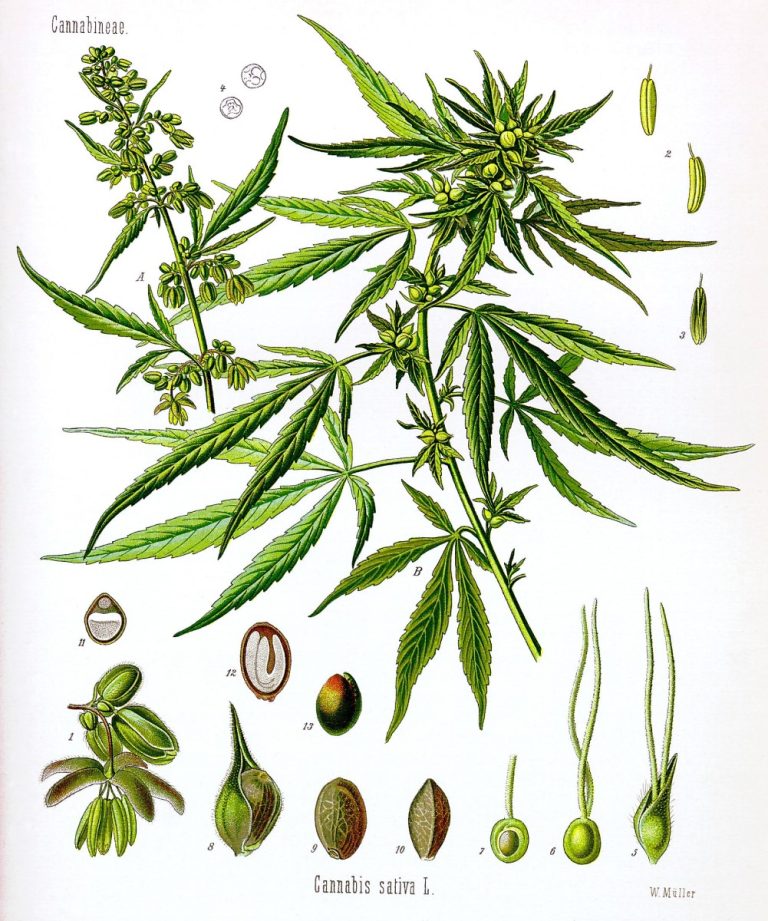
On Oct. 20, 2011, researchers announced they had sequenced genomic DNA and RNA from the marijuana strain Purple…

On Oct. 13, 2011, an international team, led by researchers at McMaster University and the University of Tubingen…

On Aug. 11, 2011, Genomeon was established under the laws of the Commonwealth of Virginia by Dr. Harold…

On Jul. 10, 2011, members of the Potato Genome Sequencing Consortium (PGSC) announced publication of the complete potato…
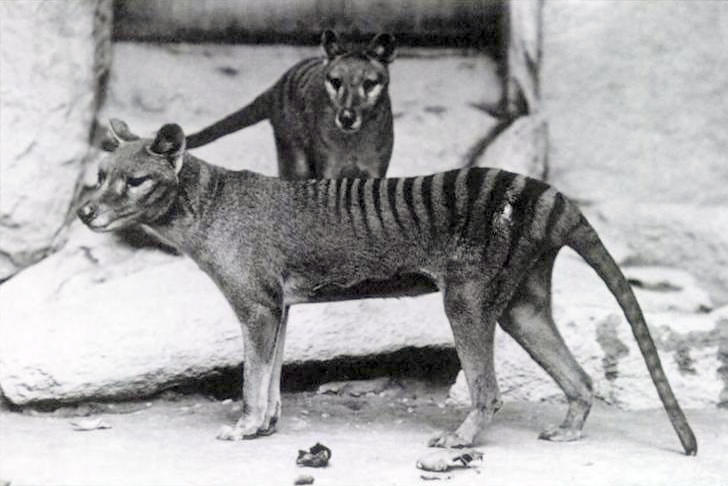
On Jun. 28, 2011, to prevent extinction of the Tasmanian tiger, a team of scientists led by the…
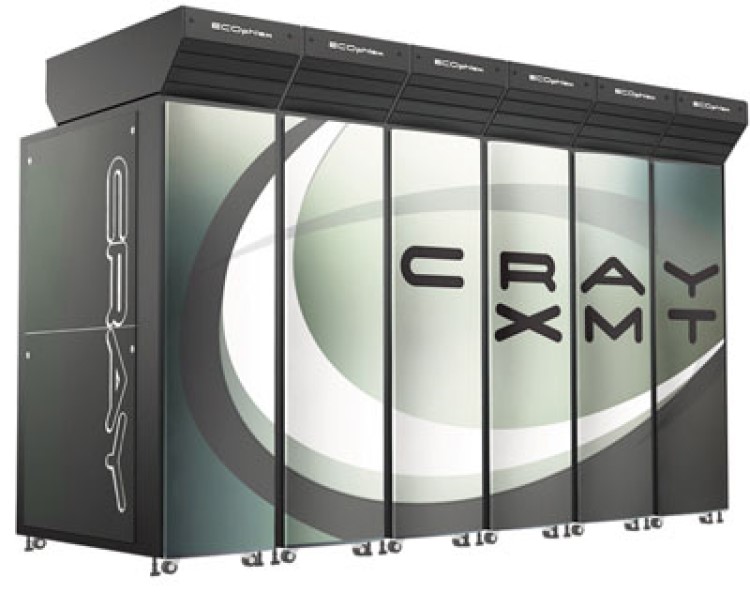
On May 20, 2011, Sandia and supercomputer manufacturer Cray Inc. announced they had signed a cooperative research and…
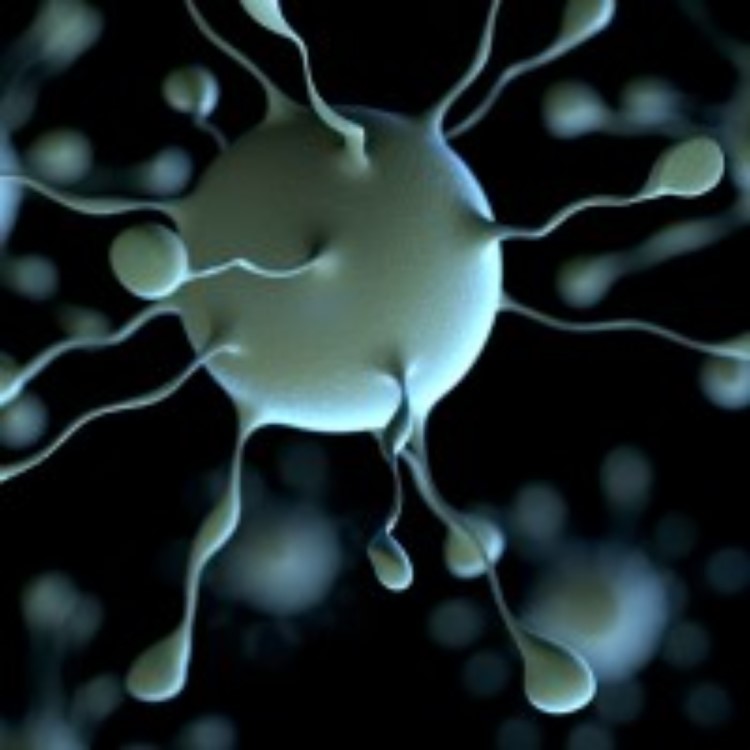
On Mar. 23, 2011, J. Craig Venter Institute researchers announced Single Virus Genomics, enabling the isolation and complete…
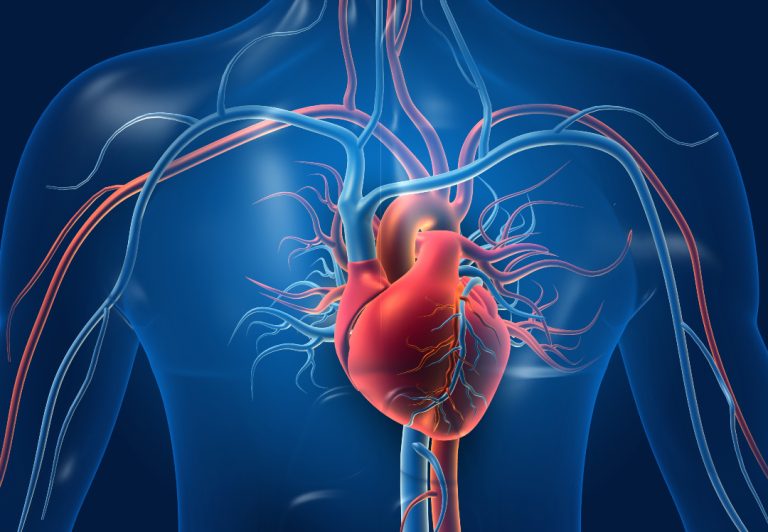
On Feb. 9, 2011, Stanford researchers used skin cells from patients with a severe genetic heart defect to…
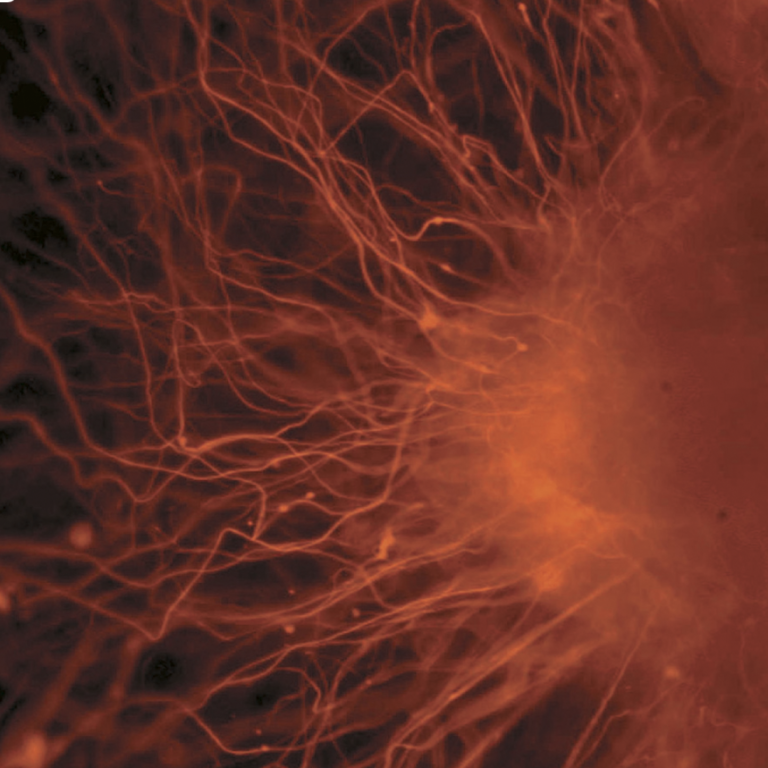
On Feb. 9, 2011, the University of California, San Francisco (UCSF) celebrated the official opening of the Ray…
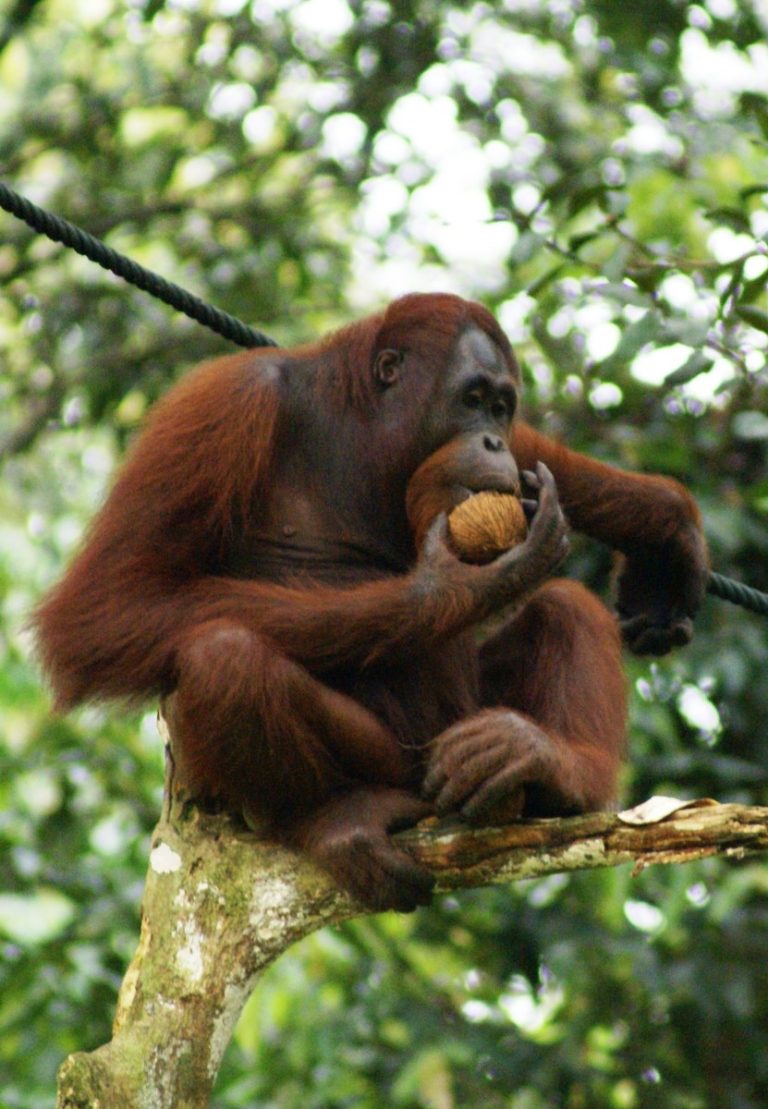
On Jan. 26, 2011, the Orangutan Genome Sequencing Consortium, a collaboration between the Human Genome Sequencing Center at…
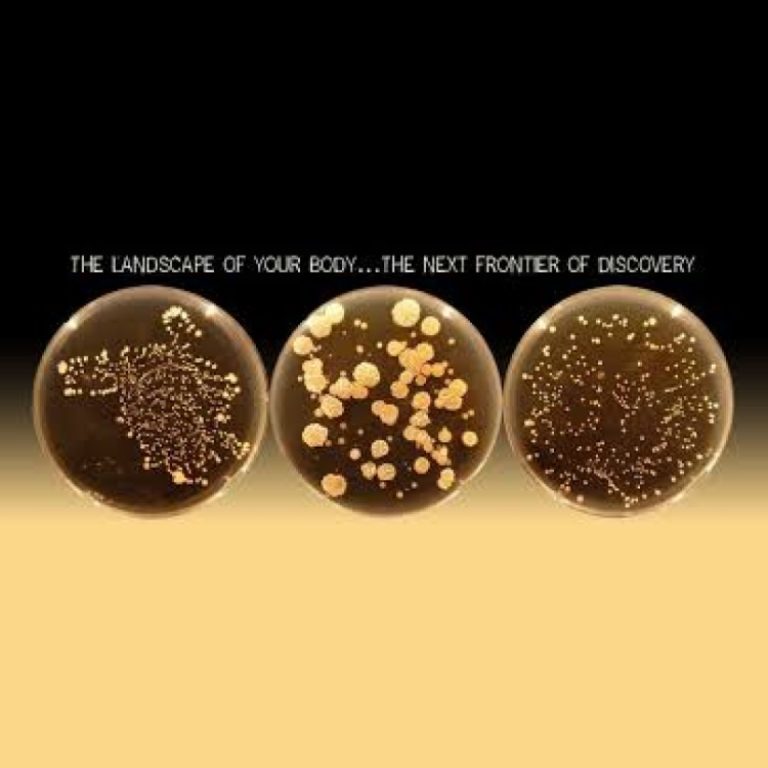
On Jan. 3, 2011, the Belly Button Biodiversity project was launched to investigate the microbes inhabiting our navels…
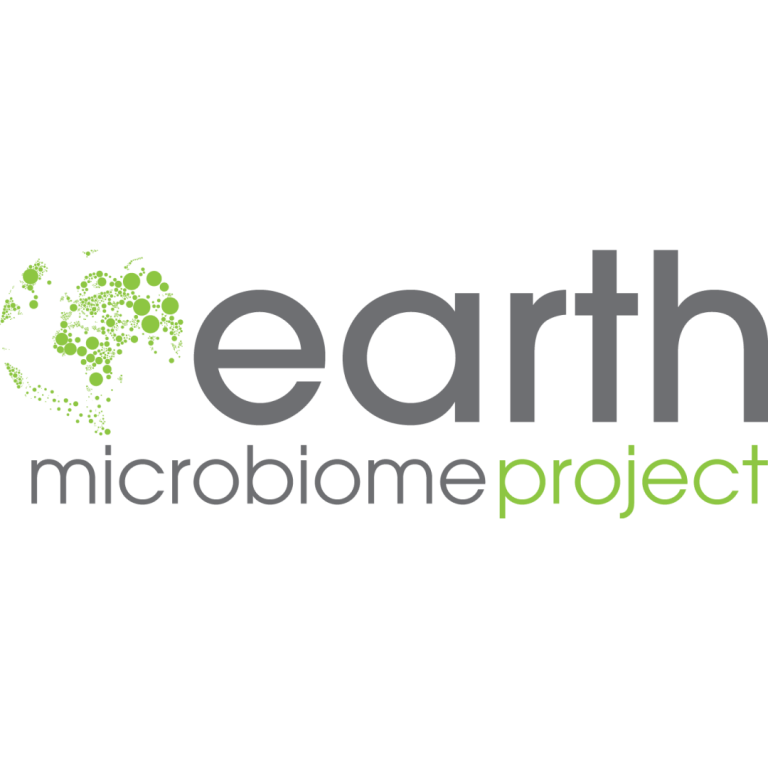
On Dec. 31 2010, In a meeting report from the Terabase Metagenomics Workshop in Snowbird, Utah, the Vision…

On Dec. 26, 2010, an international team ey had sequenced the genome of the woodland strawberry. This diminutive…
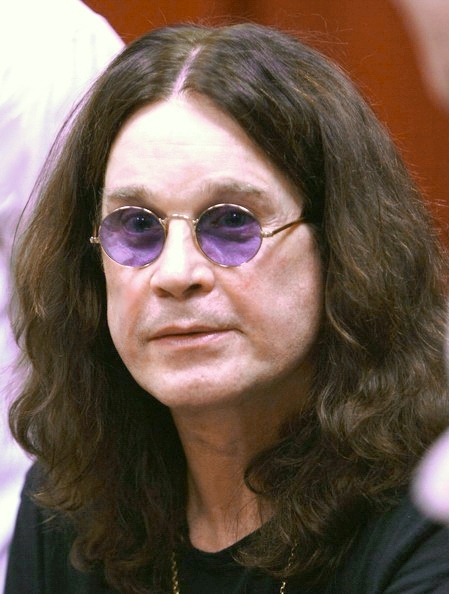
On Oct. 25, 2010, The “Godfather of heavy metal,” “the Prince of Darkness,” the man who made himself…

On Sept. 30, 2010, Utah State University geneticist Karen Mock announced that testing of a forest-size collection of…
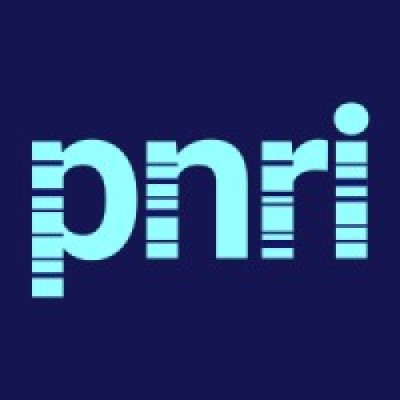
On Sept. 15, 2010, Pacific Northwest Diabetes Research Institute appointed Jack Faris, Ph.D., as Chief Executive Officer. Previously,…
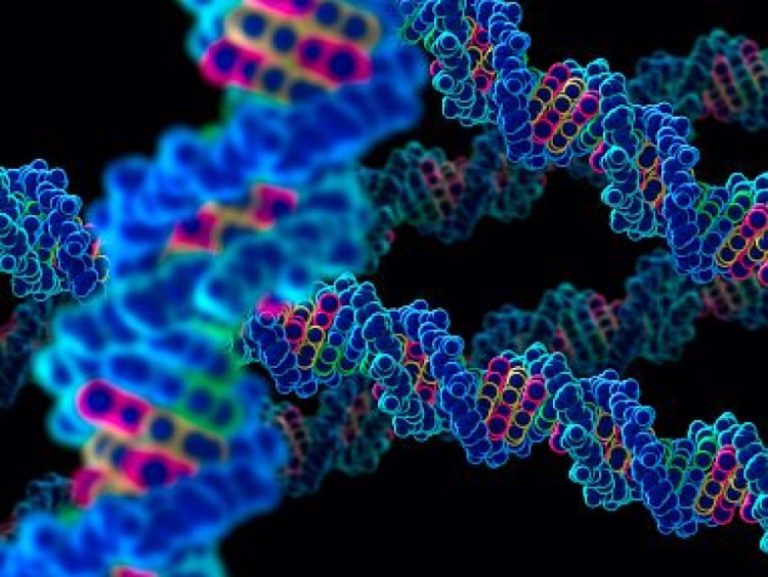
On Sept. 13, 2010, an international consortium published the largest survey of human genetic variation thus far: a…

On Aug. 30, 2010, the genome sequence of the apple is published in Nature Genetics. Riccardo Velasco and…